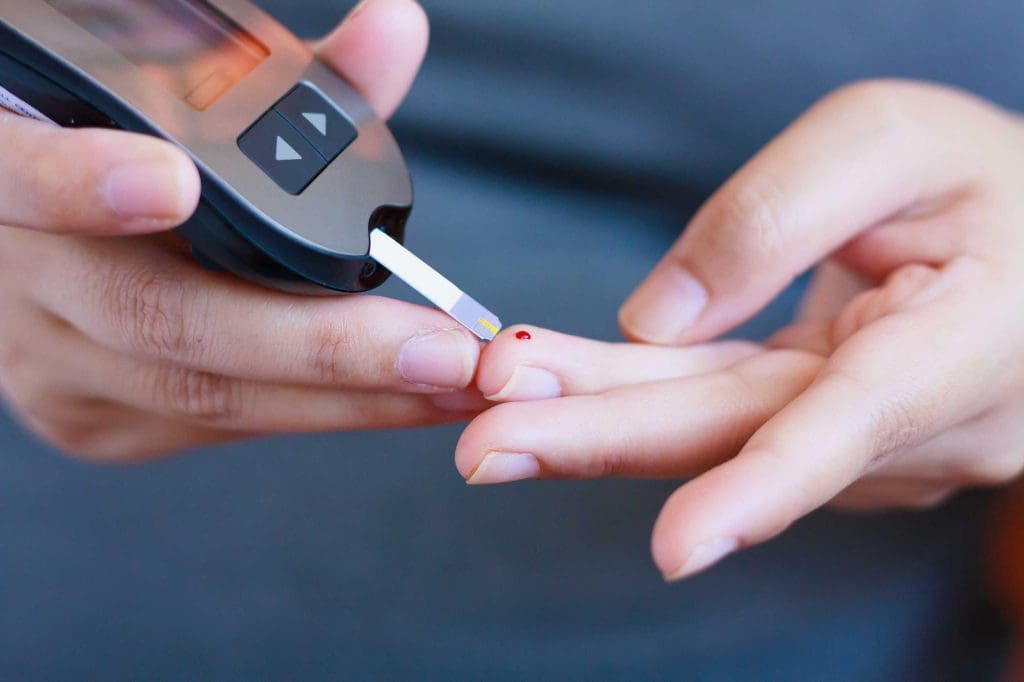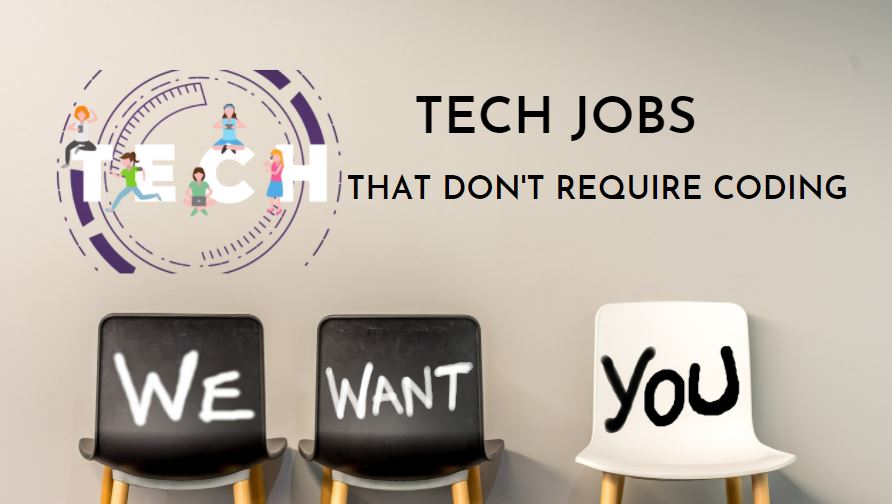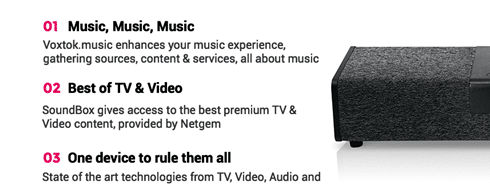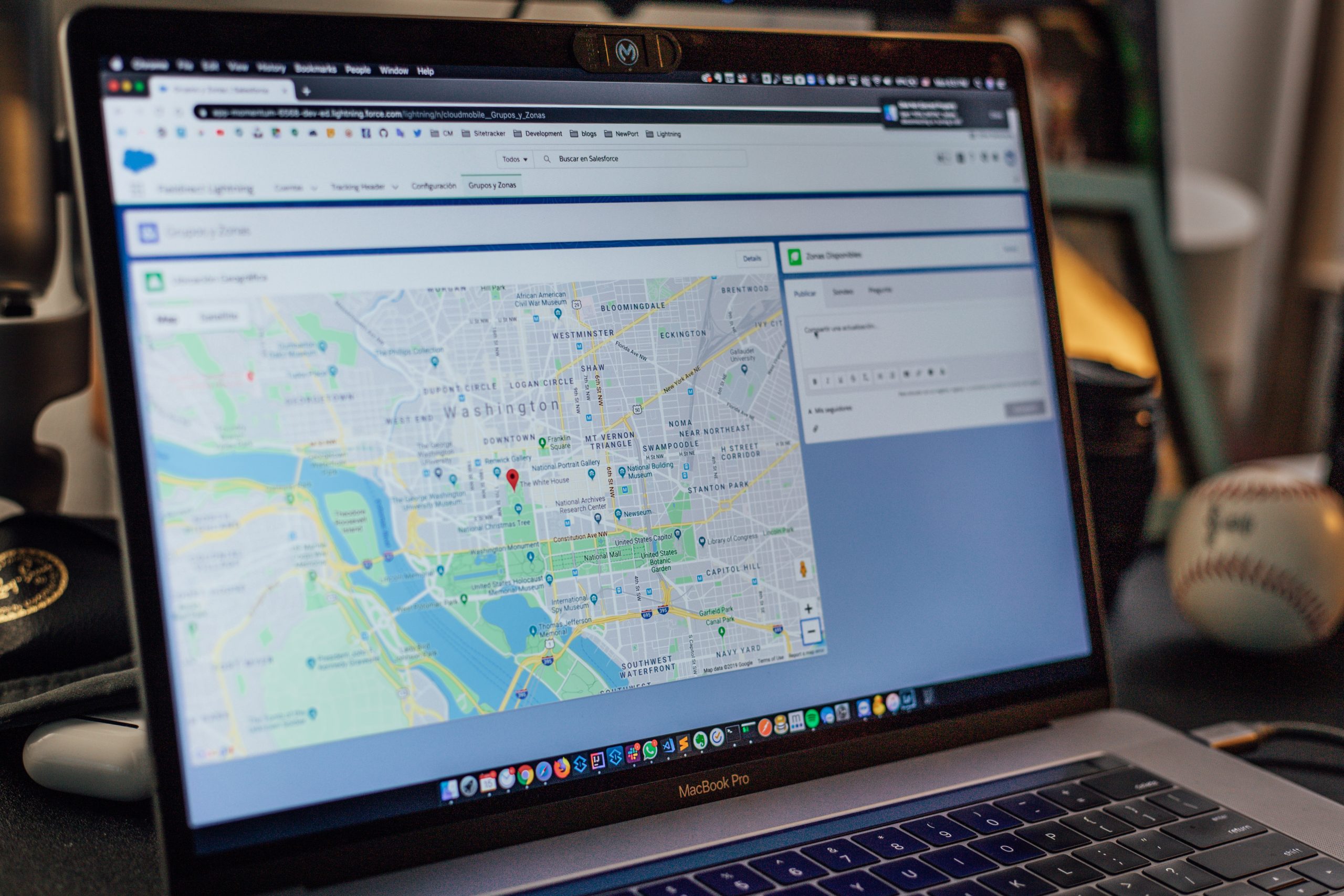The Role of Technology in Managing Diabetes
Diabetes is one of the biggest health issues the world is currently dealing with. The disorder affects about one in ten (8.5%) persons over the age of 18, and it is the seventh-largest cause of death in 2016, with an estimated 1.6 million deaths directly linked to it and another 2.2 million from high blood […]

Diabetes is one of the biggest health issues the world is currently dealing with. The disorder affects about one in ten (8.5%) persons over the age of 18, and it is the seventh-largest cause of death in 2016, with an estimated 1.6 million deaths directly linked to it and another 2.2 million from high blood glucose.
The issue is escalating. Since 1980, the number of diabetics has about doubled (2), and over the next 25 years, experts project that figure to reach over 600 million.
Diabetes has a significant negative financial impact on healthcare systems and economies, in addition to the human costs connected with the disease and its complications. Diabetes, for instance, costs the NHS in England £10 billion yearly.
That is 10% of the annual budget, or £1 million, per hour. Between 2011 and 2025, it is expected that the global cost of diabetes and other non-communicable diseases (NCDs) will exceed $7 trillion.
The International Diabetes Federation’s Professor Nam H Cho asserts that diabetes “threatens to overburden healthcare systems and impede economic growth in many nations.”
Understanding the differences between Type 1 and Type 2 diabetes is essential to appreciating the role technology plays in managing the disease.
Between five and ten percent of those who are affected have type 1. Its cause is unclear, and there is no known way to prevent it. For the purpose of controlling their body’s sugar levels, Type 1 diabetes patients do not produce insulin.
Polyuria (excessive excretion of urine), thirst (polydipsia), excessive hunger, visual abnormalities, weight loss and exhaustion are some of the symptoms. To survive, insulin must be administered frequently.
Nearly 90% of diabetics are type 2. It is brought on by the body’s inefficient utilization of insulin. The condition can go misdiagnosed for years and is sometimes only discovered when difficulties emerge, since the symptoms can be identical to Type 1, but they are frequently less severe. Type 2 is primarily brought on by excessive body weight and inactivity.
The kidneys, heart, eyes, blood vessels, and nerves can all be harmed by diabetes, whether type 1 or type 2.
Diabetes is also a major contributor to kidney failure, blindness and lower limb amputation. Adults suffering from diabetes are more likely to experience a heart attack or stroke.
Many governments place a high priority on managing diabetes. It is crucial to prevent Type 2 diabetes by education programs and policies that improve lifestyle, including quitting smoking, increasing physical activity, and improving food.
One of the most important factors in preventing problems and lowering healthcare expenses is effective blood glucose control.
Technology in the medical field may be crucial. Simple test strips, insulin pumps, and continuous glucose monitors are all possibilities for Type 1 diabetics who need to check their blood sugar levels and deliver insulin numerous times daily.
Patients can programme their insulin demands using Insulin pumps, worn outside the body, and have it given steadily around the clock and as needed with food.
The advantage of oral medication versus needles is the flexibility to adjust dosage based on the demands of the day. Despite evidence that they can save millions in healthcare expenditures, adoption has been slow in several nations, notably the UK.
The benefits of flash glucose monitoring technology and continuous glucose monitoring (CGM) are also becoming more widely acknowledged.
By monitoring interstitial fluid sugar levels and transmitting the data to a reader or smartphone, both offer more data than finger-prick blood tests and allow the user to make better treatment decisions.
Innovations at the point of treatment for Type 2 patients include glucose meters combined with software and hardware that help patients better control their medication.
Mobile health technology can enhance self-management and prevention by assisting people in changing their diet or way of life.
The artificial pancreas has been under development for some time by research teams all around the world. The technology combines a CGM and an insulin pump, simulating an organ’s operation using an algorithm.
Clinical trials are still being conducted on additional devices, while some have already received approval. Although the technology is primarily intended to treat Type 1 diabetes, efforts are being made to determine how it can help those with Type 2 maintain glycemic control.
In the future, we can anticipate advancements in implantable technology, 3D tissue printing, and microtechnology that could create pancreatic cells for transplant.
As technology improves blood glucose control through wearable or implantable devices, artificial intelligence (AI) will also gain importance.
Don’t miss important articles during the week. Subscribe to techbuild.africa weekly digest for updates













































































































